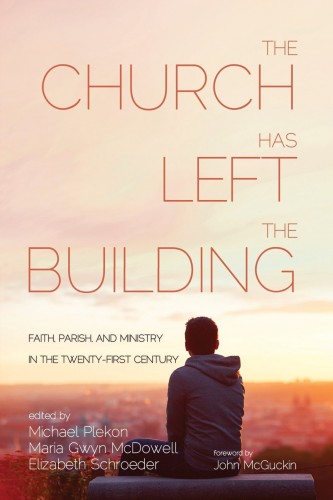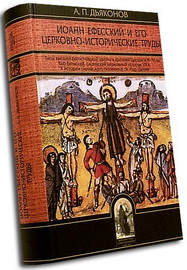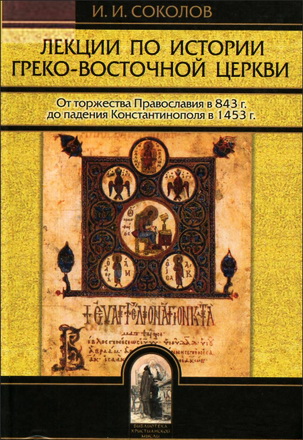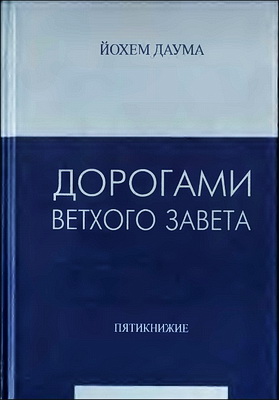
Plekon - McDowell - Schroeder - The Church Has Left the Building

Fr. Michael Plekon, who has conceived this project, and the skillful editors Maria McDowell and Elizabeth Schroeder who have organized it to read so coherently, have put us in their debt on account of this excellent and timely new engagement with the church in our time.
The idea to produce such a book, rooted in the actualité of Christian communities in the here-and-now, is another example of that particularity of angle that Michael Plekon brings to many of his projects, amounting to a unique eye on the world of the ecclesia. The word ecclesia is the Latinization of the Greek word for church that the New Testament uses to translate the Hebrew word for “community of God” or Qahol. Our historical journey as Christians has loaded that word, and the concept of church it describes, with so much tonnage it is difficult sometimes to think afresh. Throughout history Christian communities have had far-reaching opinions and penetrating analyses on so many things to do with contemporary society, but have often been myopic when it came to self-description and diagnosis. This book is certainly an attempt to think anew: to think real and honest. My own instinct, as an historian and a theologian by profession, is to begin with abstract nomenclature for church (ecclesiology is the discipline that we subdivided from it in the theological academy). This is perhaps a (Freudian?) way of me avoiding real down-to earth-matters, instead working from antique and generic principles. This so often happens in both academic and church circles, where we so frequently begin from the premise that we know what the church ought to be, and thus find it hard to recognize the reality because of the idea (and ideology) we have superimposed on it. That tendency as an academic abstractionist already shows in the first paragraph, which is why I for one (and I know there are many more like me) need to be taken away from my theologies and ecclesiologies and given this book as a sobering wake-up.
Michael Plekon - Maria Gwyn McDowell - Elizabeth Schroeder - The Church Has Left the Building: Faith, Parish, and Ministry in the Twenty-first Century
Cascade Books An Imprint of Wipf and Stock Publishers
978-1-4982-3956-1
Michael Plekon - Maria Gwyn McDowell - Elizabeth Schroeder - The Church Has Left the Building: Faith, Parish, and Ministry in the Twenty-first Century - Contents
- 1 Belonging to the Christian Community in the Twenty-first Century, when “the Church Has Left the Building” — Michael Plekon
- 2 F rom Bonaventure to BustedHalo®: Ministry beyond the Church Walls — Brett C. Hoover
- 3 The Church Has Left—and Should Leave?—the Building —Adam A. J. DeVille
- 4 The Home That Joy Built — Maria Gwyn McDowell
- 5 “To Not Lose Any Part” — Justin Mathews
- 6 Church Goes to the Pub —Abbie Huff
- 7 A we, Joy, Adaptability, and Sausage: Liturgy and Ecclesial Revitalization — Nicholas Denysenko
- 8 The Church as Engagement —John W. Frazier
- 9 Paying My Dues —Sarah Hinlicky Wilson
- 10 Church beyond the Walls —Robert Morris
- 11 Church over Church —Mary Breton
- 12 “Worship on Wheels!” —Carol Fryer
- 13 The Parish in the Twenty-first Century: Community Not Construction —William C. Mills
- 14 G od Is with Us, God Is the future —Wongee Joh
- 15 S till in Church —David Frost
- 16 Many Mansions: Reimagining the Church and Its Buildings in the Global City — Kenneth J. Guest
Michael Plekon - Maria Gwyn McDowell - Elizabeth Schroeder - The Church Has Left the Building: Faith, Parish, and Ministry in the Twenty-first Century - The Church Has Left—and Should Leave?—the Building
Over the course of the last decade, I have been thinking about church communities and church buildings in several quite distinct contexts, from Canadian Anglicans to American Amish to Ukrainian Catholics. Let me start with the Anglicans in southern Ontario, among whom I grew up. Around the autumn of 2005, I felt a great sadness when I visited home only to discover that my paternal family’s parish church—of which my grandfather was first warden, on whose first roof my own father worked as a young boy in the early 1950s, and to whose ongoing life my paternal family contributed so much for half a century—was gone. No natural disaster had befallen it; neither fire nor wind nor water had destroyed it. It was voluntarily deconsecrated, deconstructed, and then deleted from the memory of the neighborhood. The entire edifice was torn down, the land sold, and on that substantial corner lot in a leafy and comfortably established subdivision there now stand two or three homogenous homes in that boring cookie-cutter style beloved of developers with more avarice than imagination.
The Anglican Church of St. Stephen, Brantford, Ontario, Canada’s first (it was claimed) “Coronation Church” (opened in 1953, when Elizabeth II was crowned, but actually started earlier) is, at least in worldly eyes, something that never existed. The innocent passerby would never know what had stood on that lot previously; no marker tells the story of a community of faith that, for fifty years, stood there to love, pray, and grow together.
I had known, to be sure, that the parish, like many, had fallen on hard times; I had known from my parents that there was talk about closing this parish; and I had even heard from them that the deed had been done and the building sold. But nothing quite prepared me for the shock of driving down the street and seeing not even the slightest trace of the former building but instead three suburban houses in their smug newness, pretending for all the world that nothing else so pretty or so important had ever existed there.
That story, alas, has been replicated many times in southern Ontario and elsewhere, and not merely among Anglicans but Christians of all traditions— Protestant, Catholic, and Orthodox. The loss of a beloved building was brought home to me again more recently. In April of 2014, St. Elias the Prophet Ukrainian Greek Catholic Church in Brampton, Ontario, where my wife and I were crowned in marriage, burned to the ground in a few hours. Thanks to Facebook and Twitter feeds, we were able, living in northern Indiana, to watch it disappear before our eyes. It was an enormous shock to many people. As I adjusted to the news, the verse about “For here we have no lasting city” (Heb 13:14) came back to mind as I reflected on the tension that Christians live with: to be citizens of a particular country, while having our ultimate allegiance elsewhere; to be embodied creatures worshipping an incarnate God who nonetheless transcends us and our buildings; to be people who can be edified by worshipping in beautiful, icon-drenched cathedrals with gold chalices—or in a bed in a barracks at night in a Siberian gulag using a broken spoon to hold hardened, stale crumbs of bread for the Eucharist. What, then, ought to be our relationship to buildings, and the relationship between the church and churches, that is between the mystical body of Christ and the ways in which we manifest that?




Комментарии
Пока нет комментариев. Будьте первым!